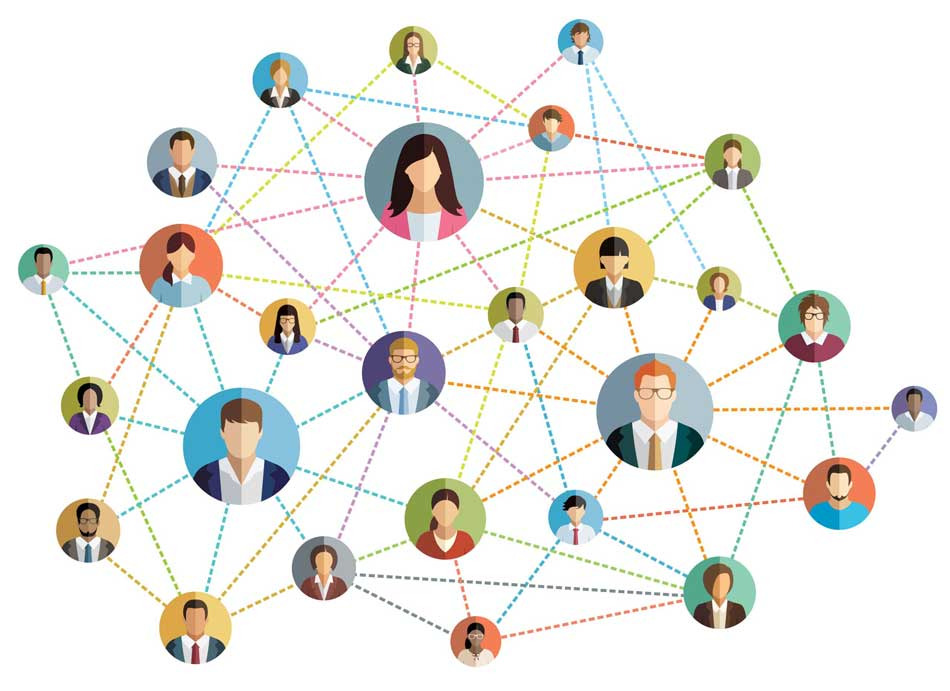You have possibly heard about Organisational Network Analysis and even the concept of social capital but might not be aware of the exact benefits of doing a network analysis of your team or organisation. Especially in today’s hybrid model of work, where lots of employees are working from home, how Organisational Network Analysis(ONA) can help.
Employees naturally create informal and social relationships outside the formal or hierarchical structures to solve problems, get work done, share information, make decisions, support each other, generate new ideas and support each other. As you know, this wealth of data/information( the informal social networks) is not currently available to leaders.
What benefits do you get from Analysing the social networks?
There are many but let me share a few that might be of interest to you. Before that please reflect on how you got this job and most probably it is through your network. How do you get new ideas and whom do you reach out to share and brainstorm these ideas? How did your thought process and worldview get shaped? Again because of the networks that you were part of. So the networks influence individual behaviour and individuals in the network influence the overall behaviour of the network.
Now here are some benefits
Driving diversity, equity, and inclusion: Mapping and analysing the social networks readily expose issues of isolation—employees who aren’t well connected in their networks may be underutilized or at risk of departure. When juxtaposed against race, gender, identity, ability, or other demographics, troubling patterns—and opportunities—can emerge
Improving employee well-being: Well-being programs often focus on physical and mental health, but rarely attempt to address major stressors at work such as collaboration overload, which ONA is uniquely positioned to identify. Employees who are frequently tapped for their expertise by colleagues may feel overloaded and burned out by the number of incoming requests they receive. Identifying these individuals and scenarios early can not only have a positive impact on their well-being but also mitigate turnover risk.
Driving change and transformation: Most of the change communications we do follow a hierarchy pattern and many a time there are passive aggression and lack of alignment. A network map shows you who are the people who are most trusted and connected through whom you can drive change. S you know these people might not be the most seniors and there would be local influencers whom you might not know.
Improving team effectiveness and productivity: Teams with a high density of social connections will have a collective identity and a higher level of engagement. The network map shows you how expertise and information is flowing through team members collectively and the level of collaboration.
Promoting rapid Innovation: A network map of your organisation shows you the current level of collaboration and idea sharing between functions and departments and how decision making is happening. With this data, you can spark innovation by removing silos, combining expertise, and accelerating decision-making.
Leadership Development: The leaders’ network map shows the impact and influence leaders have in the overall organisation and help leaders build more inclusive and diverse social relationships. Because we get to see leaders influence and impact, ONA is also very effective in succession planning.
With strong foundations in sociology, anthropology, data science and graph theory, ONA is a powerful tool that a futuristic organisation and a leader must use.
In case you are interested in doing an ONA for your Organisation, do let us know. We have already helped Organizations like PayTM, Tata Realty, Bharat Serums and Vaccines, Sterlite Power, Western Digital, Nestle and PropTiger by mapping the social networks of their Organizations.
